Butternut squash is a popular, nutritious vegetable that is commonly handy in soups, stews, and other savory dishes. It is a versatile ingredient that can roasted, mashed, or pureed, and it has a sweet, nutty flavor that is sure to please even the pickiest eaters.
However, many wonder whether butternut squash ripens off the vine or if it must be left on the plant to mature fully. We will explore the different factors that influence the ripening process of butternut squash. And provide a complete guide on telling if your squash is ready to be harvested.
does butternut squash ripen off the vine? We will cover everything from the ideal growing conditions for butternut squash to the signs of maturity you should look out for when checking your plants. We will also address common questions such as whether butternut squash can continue to ripen after it has been picked and how to store it to ensure maximum.
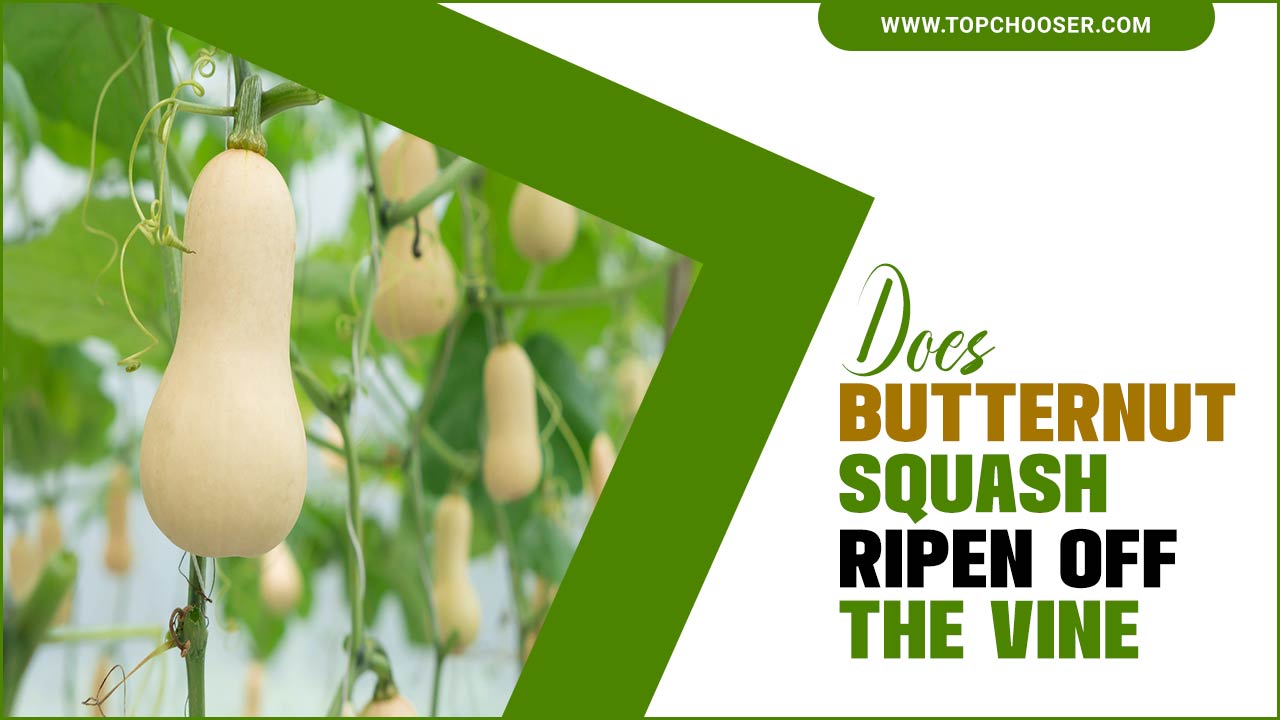
Does Butternut Squash Ripen Off The Vine? Explained
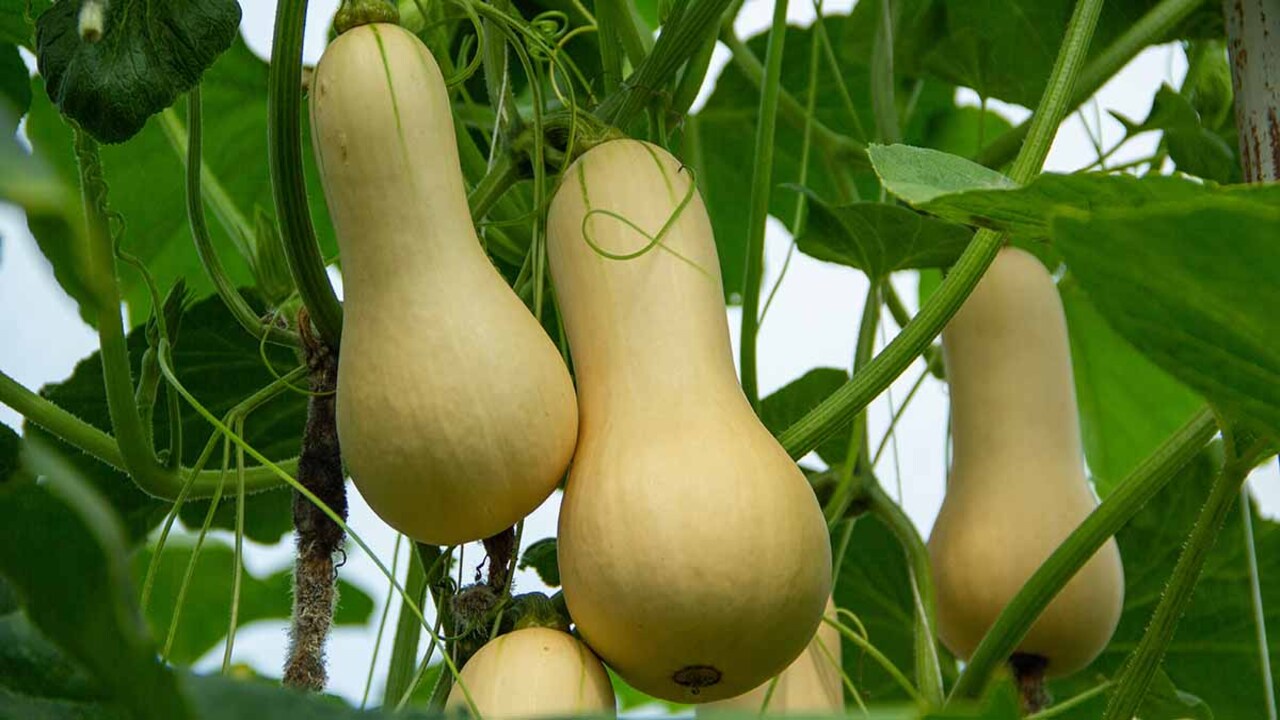
Does butternut squash ripen off the vine? Yes, butternut squash can ripen off the vine. It is often recommended to harvest butternut squash before the first frost and allow them to ripen indoors. To do this, carefully cut the squash from the vine, leaving a few inches of stem attached. Then, place the squash in a cool, dry location with good air circulation.
Over time, the squash will ripen and develop its sweet flavor. It is important to regularly check on the squash and discard any that show signs of rot or damage. With proper care and storage, you can enjoy delicious ripe butternut squash even after it has been harvested from the vine.
Planting And Growing Butternut Squash
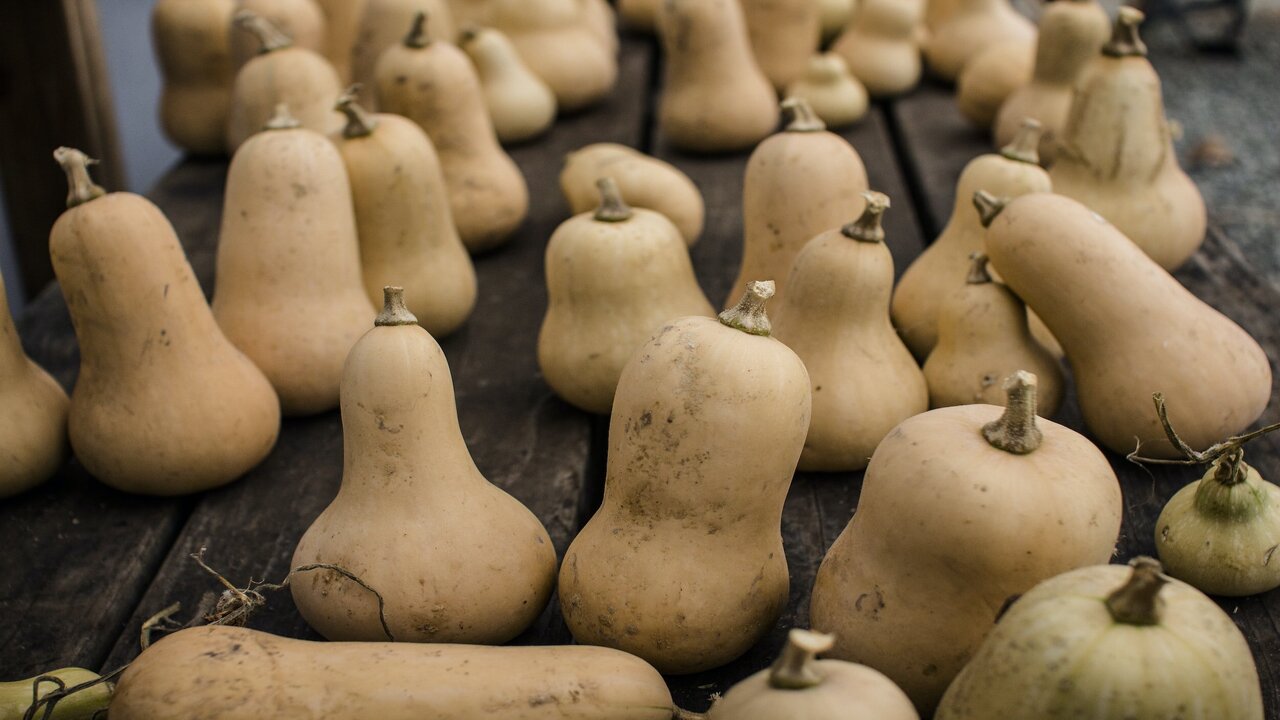
When planting and growing butternut squash, it is important to provide proper spacing and support for the vines. Regular watering and fertilization are essential for healthy growth and optimal fruit production. Butternut squash requires a long growing season, so starting seeds indoors or purchasing seedlings is recommended. Mulching around the base of the plants can help retain moisture and prevent weed growth. Remember to harvest the squash once the skin turns tan and hardens.
Identifying The Right Time To Harvest Butternut Squash
There are several signs to look for to determine the right time to harvest your butternut squash. Mature squash will have a hard rind and a dull color. Check the stem for drying and cracking, which indicates readiness for harvest. Perform a thumbnail test by pressing your thumbnail into the squash’s skin – if it leaves an indentation, it’s not ready yet. Consider the weather and temperature, as frost can damage the squash. Harvest before the first frost or when the vines start to die back. Leave a few inches of stem attached when harvesting.
The Process Of Picking Butternut Squash From The Vine
To pick butternut squash from the vine, wait until the squash is fully mature and the skin has turned a deep tan or beige color. Carefully cut the squash from the vine using a sharp knife or shears, leaving a few inches of stem attached. Handle the squash with care to avoid bruising or damaging the skin. After harvesting, store the squash in a cool, dry place with good air circulation to allow it to ripen and develop its flavor fully. Enjoy the delicious taste and versatility of butternut squash in various recipes.
How To Cut Butternut Squash From The Vine Safely
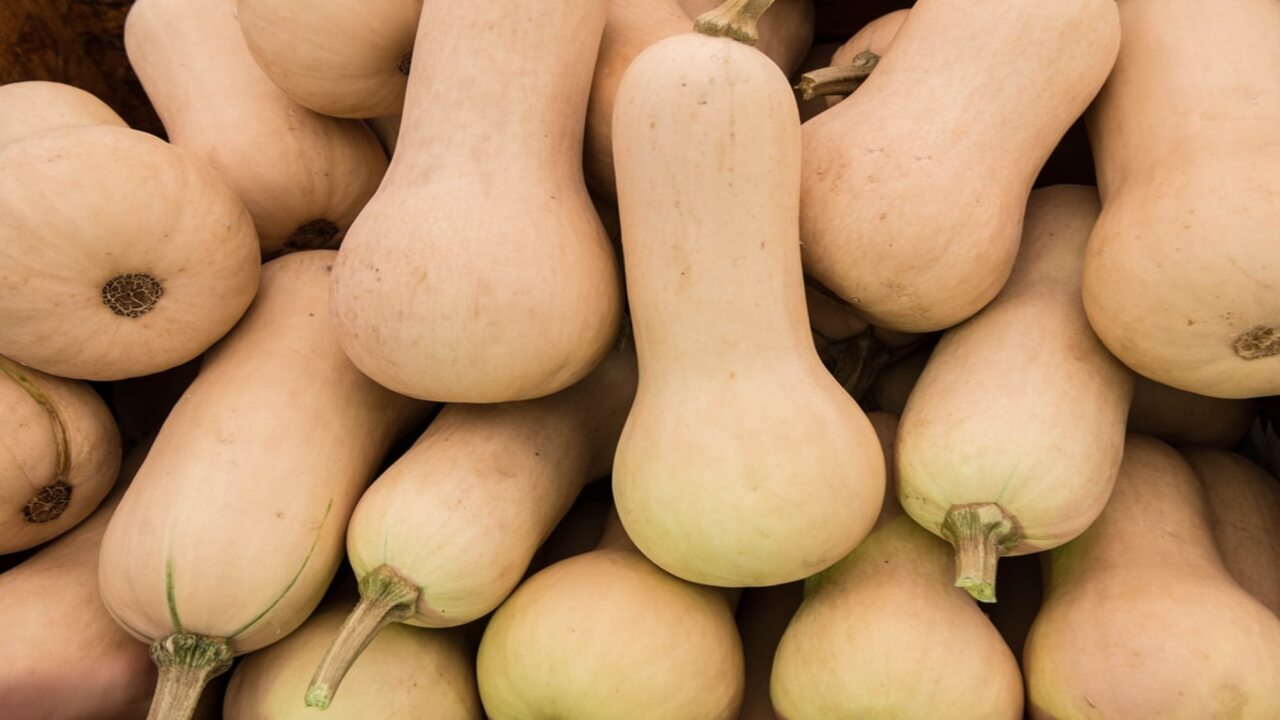
To safely cut butternut squash from the vine, use a sharp knife to carefully cut the stem as close to the vine as possible. Take precautions not to damage the squash or the vine while cutting. After cutting, place the squash in a secure container or basket. It’s also advisable to wear gloves to protect your hands from any prickly stems or thorns. Lastly, wash the butternut squash thoroughly before using or storing it.
Does Butternut Squash Continue To Ripen Off The Vine?
Yes, butternut squash can continue to ripen off the vine. Unlike some other fruits and vegetables, butternut squash does not need to be left on the vine until it is fully ripe. In fact, it is often recommended to harvest butternut squash before the first frost, even if it is not fully matured. Once harvested, the squash can stored in a cool, dry place where it will continue to ripen and develop its sweet flavor over time. However, it is important to keep an eye on the squash as it ripens off the vine, as it can spoil if left for too long.
Conditions Required For Off-Vine Ripening
Off-vine ripening of butternut squash requires warm temperatures and high humidity. Proper air circulation is essential to prevent rotting. Place harvested squash in a well-ventilated area to encourage ripening, avoiding direct sunlight. Regularly check the squash for even ripening and discard any signs of decay. Remember that off-vine ripening is not as effective as vine-ripening, so it’s best to harvest butternut squash when fully matured on the vine.
How To Fasten The Ripening Process Of Butternut Squash Off The Vine?
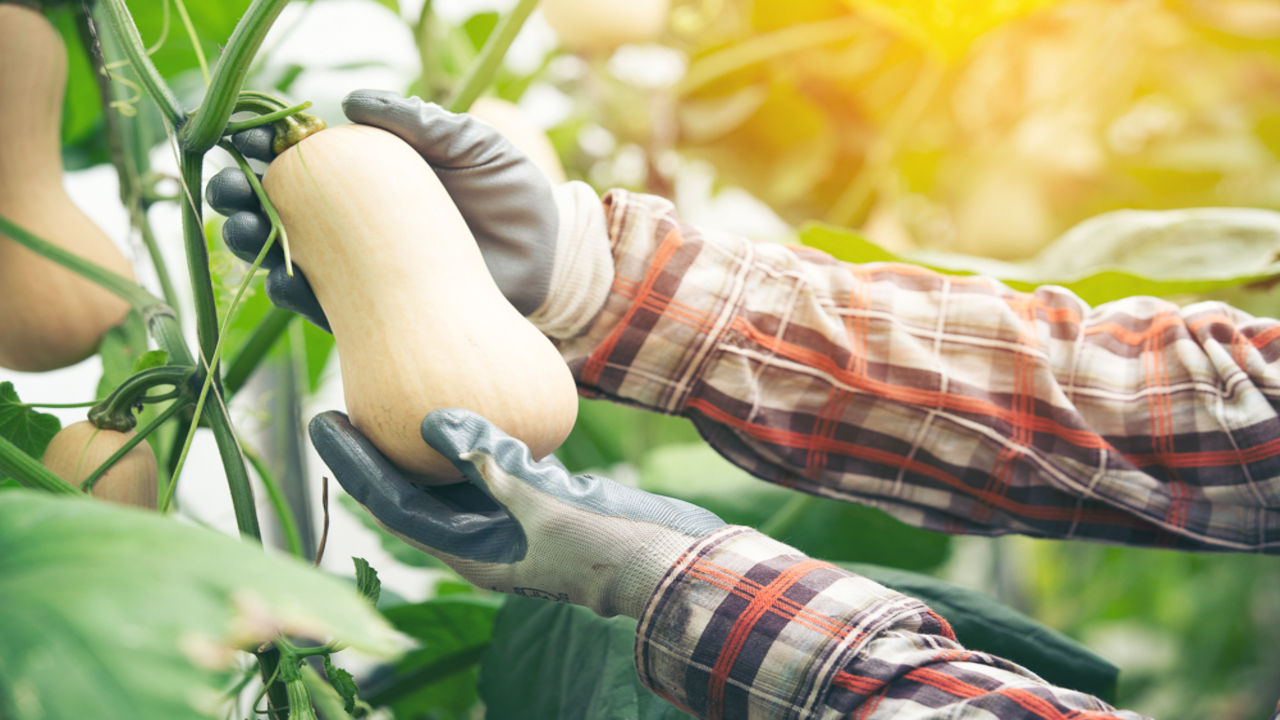
If you’re wondering whether butternut squash can ripen off the vine, the answer is yes! In fact, allowing it to ripen off the vine can enhance its flavor and sweetness. To fasten the ripening process of butternut squash off the vine, you can follow a few simple steps. First, harvest the squash when it has reached its full size and has a hard outer shell. Then, gently clean off dirt or debris and place the squash in a cool, dry location with good air circulation.
This will help prevent rotting while allowing the squash to continue ripening. It’s also important to check on the squash regularly and rotate them as needed to ensure even ripening. With patience and proper storage, your butternut squash will be ready to enjoy in no time!
Expert Tips For Faster Ripening
Harvest butternut squash when it has reached its mature size and developed a hard rind. Store the squash in a warm and dry location, such as a sunny windowsill or countertop, to provide optimal ripening conditions. You can also accelerate the ripening process by increasing the temperature and humidity around the squash.
Place it in a paper bag with a ripe banana or apple to release ethylene gas. Regularly check the squash for signs of ripening, such as a deepening color and a hollow sound when tapped. You can cut the squash into smaller pieces to speed up the ripening process if desired.
How To Store Butternut Squash After Ripening
Find a cool, dark, and well-ventilated area to store butternut squash after ripening. Keep it away from ethylene-releasing fruits to prevent premature ripening. Avoid refrigerating it, as it can alter the flavor and texture. Store the cut or peeled squash in an airtight container in the refrigerator and consume it within a few days. Consider freezing cubed or pureed squash in freezer-safe bags or containers for long-term storage.
Ideal Storage Conditions For Butternut Squash
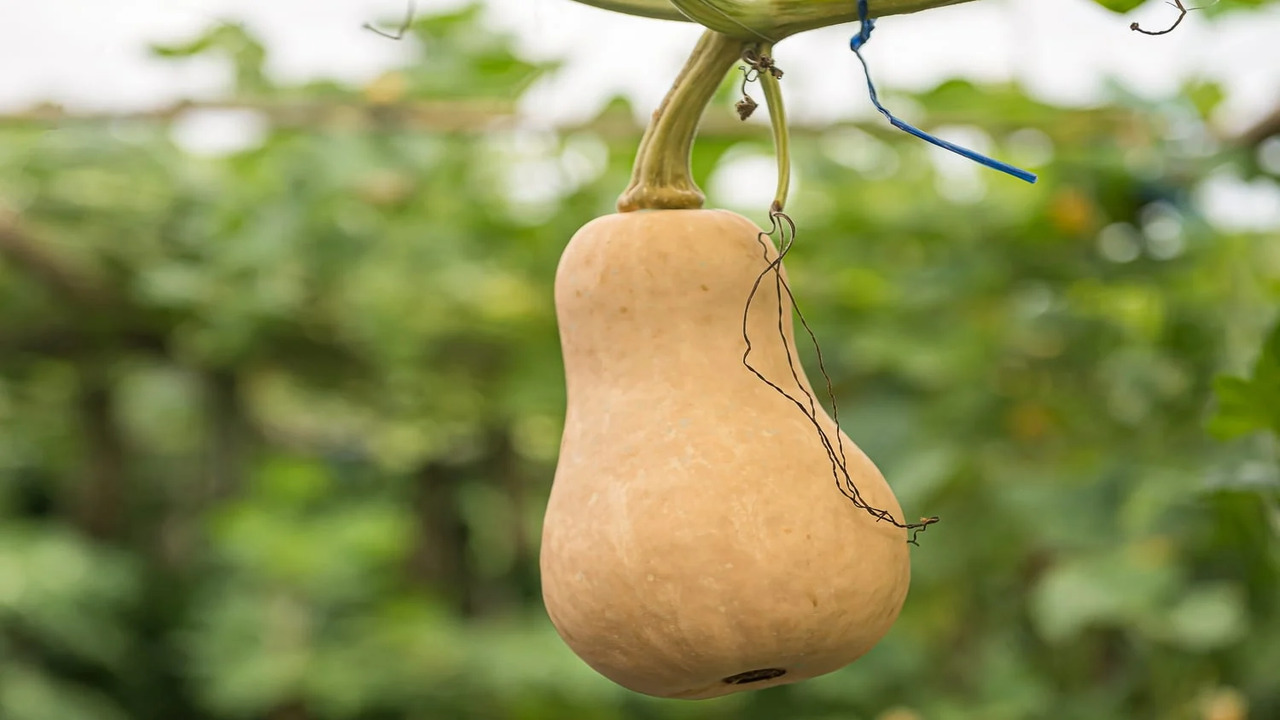
Ideal storage conditions for butternut squash are crucial to ensure its long shelf life. To preserve the flavor and quality of butternut squash, one should store it in a cool, dry place with good ventilation. It is important to avoid storing it near fruits that release ethylene gas, as this can cause premature ripening.
Maintaining an optimal storage temperature between 50-55°F (10-13°C) is ideal. Storing butternut squash in a single layer, without touching each other, helps prevent rotting. Regularly checking stored squash for signs of spoilage and promptly removing any affected ones is essential for prolonging their shelf life.
Conclusion
butternut squash does not ripen off the vine. Harvesting the squash at the right time when it is fully matured on the vine is important. Once harvested, butternut squash can stored in ideal conditions to ripen further, but it will not continue to ripen like some other fruits and vegetables.
If you have unripe butternut squash, it cannot be eaten as is, but it can be handy in recipes that call for unripe squash, such as pickling or frying. Remember to handle and cut butternut squash safely to avoid any injuries. You can enjoy delicious ripe butternut squash throughout the season with proper care and storage. Hopefully now you know does butternut squash ripen off the vine.
Frequently Asked Questions
[rank_math_rich_snippet id=”s-a3886691-0c89-4290-9f23-6cf3b89ce748″]

I am passionate about home engineering. I specialize in designing, installing, and maintaining heating, ventilation, and air conditioning systems. My goal is to help people stay comfortable in their homes all year long.
